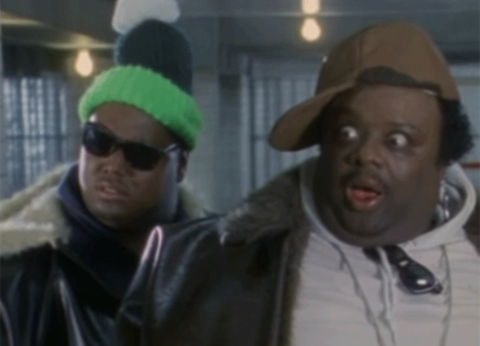Q: You mentioned 4K - when talking about film restoration in the digital space, much attention is paid to the resolution involved. Given the need to balance budget, quality and future archival needs, how do you decide which resolution - 2K, 4K, even 6K and higher - is the optimal one in which to work for any given film? What considerations made 4K the right choice for Taxi Driver?
A: We have really looked at all the options over the last few years and our conclusion, which is not unique to us, of course, is that film, regardless of what the particular element is, needs to be scanned at 4K at a minimum. That's why Colorworks at the studio, where all of the Taxi Driver work eventually came together, was built as a full 4K digital facility. If you look at some of the tests available, especially those published by Arri the last couple of years, you realize what is being lost by scanning at a lower resolution for 35mm film. Plus, the concept of oversampling comes into play. So, we scan all our 35mm material, whether it is a big restoration or just a re-mastering project for Blu-ray, at 4K. But, depending on the material you are working with, it may be beneficial to actually scan at even higher resolutions, while larger formats, like 65mm, may require higher resolutions in order to accurately capture the information in the film frame.




